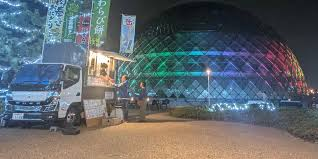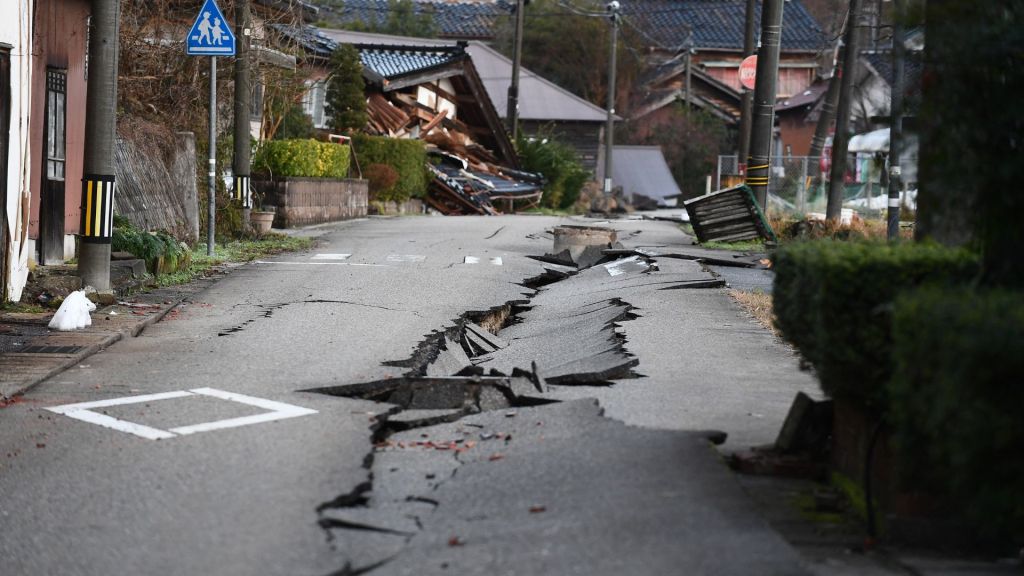After Osaka Expo, Japan’s regions race to turn buzz into bookings

Local governments pivot from pavilion hype to real itineraries
With the 184-day Osaka Expo now closed, local governments across Japan are scrambling to convert six months of global attention into steady tourist flows. Officials in the Kansai region say the event’s marketing spigot won’t shut with the turnstiles: prefectures used expo pavilions to pitch day trips, regional cuisine, and craft routes, and many are now promoting those bundles as ready-to-book experiences. Tottori, for example, leaned on its Kansai Pavilion presence to push sand dunes, onsen towns, and manga culture to millions of visitors. The logic is familiar in tourism: capitalize within weeks, before attention drifts. Transport operators are extending discount passes, and local bureaus are standing up social campaigns in multiple languages to channel foreign visitors beyond Osaka Bay. The expo’s digital footprint—QR trails, payment data, and queue analytics—gives planners a rare trove to refine crowd flow and staffing for peak weekends.

Not every lesson flatters. Weather shocks repeatedly scrambled schedules; some venues struggled with multilingual support; and bottlenecks at hit exhibits flagged a need for tighter time-slot tools. Still, the Expo provided a laboratory for “last-100-meters” fixes: clearer wayfinding, contactless checkout, and pop-up stalls that spread visitors into side streets. The next test is stickiness—enticing short-stay expo guests to return for multi-day trips through 2026. Packages that mix local food, niche museums, outdoor trails, and seasonal festivals could spread benefits to smaller towns battered by the pandemic’s slump. Regions are also assessing environmental footprints, piloting rail-first itineraries and greener standards for events. If the buzz converts, Japan’s post-Expo playbook could become a model for mega-events—using a six-month spectacle to debug the basics and seed longer routes nationwide.






















